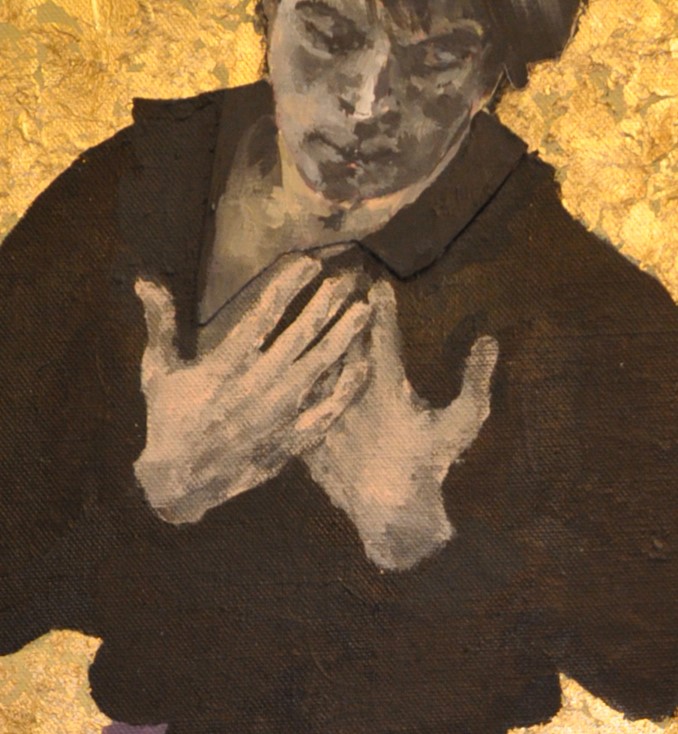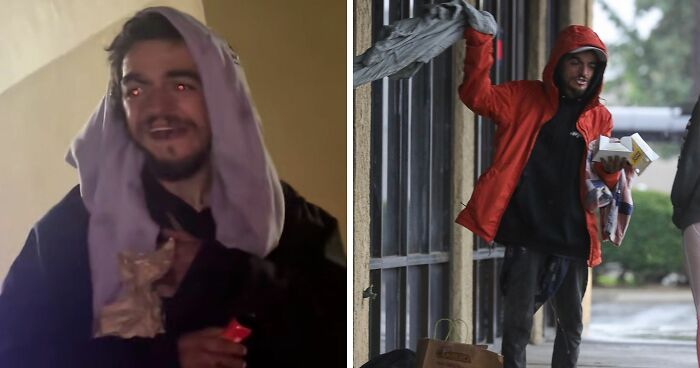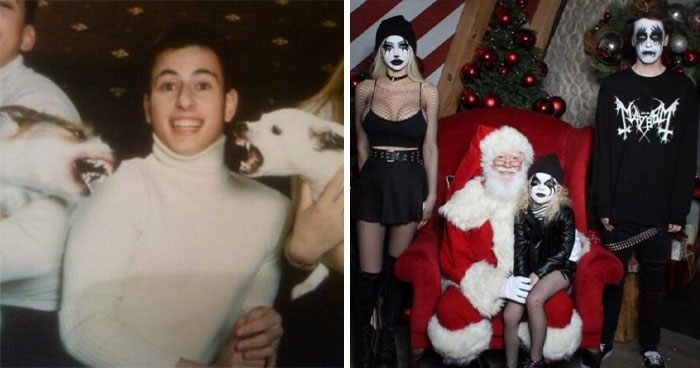
Beyond The Trend: Why Discerning Collectors Should Rethink Relying Solely On Art Dealers
In the modern art world, where creativity intersects with investment, many business leaders and collectors are taking a streamlined approach: instead of engaging directly with artists and exploring their work on a personal level, they rely on art dealers and galleries to curate their collections. While this strategy saves time and guarantees “safe” choices aligned with market trends, it often results in collections that lack individuality and personal connection.
Why Are Collectors Turning to Dealers Instead of Artists?
Time is a primary factor. High-profile business figures prefer ready-made solutions that fit neatly into their busy schedules. Dealers, well-versed in market demands, offer curated selections designed to align with popular tastes, ensuring pieces are both aesthetically pleasing and likely to appreciate in value. However, this convenience often comes at the expense of uniqueness and authenticity, as collectors end up with works that cater to trends rather than personal resonance.
There’s also the issue of prestige. Many collectors aim to own works that are already established as symbols of success, making purchases through well-known dealers and galleries a way to solidify their status. While this adds a layer of security to the investment, it limits the opportunity for collectors to explore art on a more personal and meaningful level.
The Case for Direct Engagement with Artists
Art is not merely an asset or status marker—it is a channel for exploring deeper meanings, emotions, and ideas. By stepping away from conventional paths, collectors have the chance to discover artworks that truly speak to their inner world.
One alternative is to visit artists’ studios and engage directly with their creative process. This approach allows collectors to go beyond surface-level appreciation and connect with the artist’s vision and motivations. Through direct conversations, they can uncover the stories behind each piece and gain insights into the context and purpose of the work, making their collections not only more personal but also more intellectually and emotionally rewarding.
Embracing the Unique
Admittedly, this path requires more time and comes with a degree of uncertainty. Not every artist will align with a collector’s expectations or vision. However, this very unpredictability is part of what makes collecting art an enriching experience. Personal involvement in the process can lead to discovering hidden gems that resonate on a profound level, creating a collection that truly reflects the collector’s personality and values.
Each artwork then becomes more than just a purchase; it’s a narrative enriched by the experience of engaging with the artist, understanding their worldview, and participating in a creative dialogue. For those looking to stand out in a sea of formulaic collections, this approach offers the chance to become not just an owner, but an active participant in the creative process.
How to Get Started
For those willing to venture off the beaten path, the first step can be as simple as visiting a local artist’s studio, attending a small independent exhibition, or initiating a conversation with an emerging creator. These experiences not only broaden one’s perspective but also provide a deeper, more authentic connection to the art. Through these interactions, collectors can find works that resonate with their soul, bringing more meaning and value to their collections.
Conclusion
Collecting art should be more than a transaction—it’s an exploration of ideas, emotions, and identities. By engaging directly with artists and embracing a more personal approach, business leaders and collectors can build unique collections that go beyond market trends, offering them a richer, more meaningful connection to the art they own.

 Dark Mode
Dark Mode 

 No fees, cancel anytime
No fees, cancel anytime 



















































-4
0